Although November is Native American Heritage Month, I hope you will include these Native American books in your children's reading diet all year long. This list of excellent chapter books, middle grade and graphic novels by Indigenous authors includes a range of genres from contemporary realism to folklore and historical fiction.
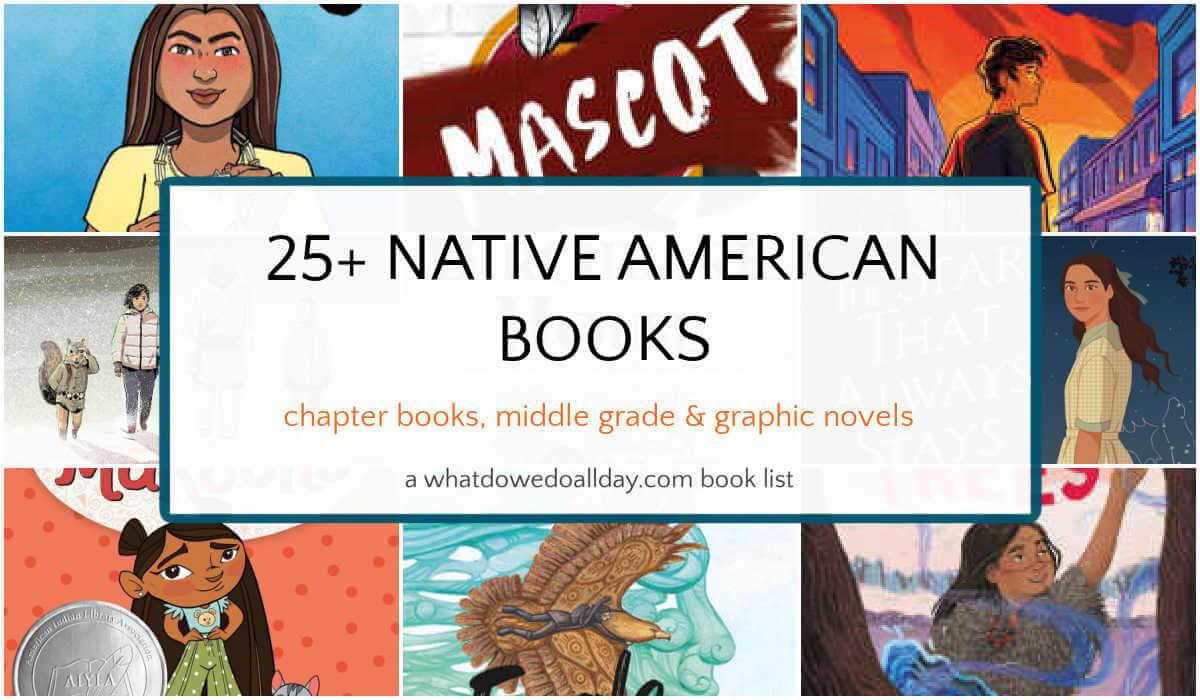
Why Read Native American Books?
Many non-Native children only learn about First Nations in relation to Thanksgiving, and end up making offensive crafts like paper headdresses. In this context, they are presented as "historical" rather than contemporary Nations. As a non-Native, I don't pretend to know everything, but that's why I make a concerted effort to listen to Indigenous voices.
The Cooperative Children's Book Center at the University of Wisconsin has been tracking the publication of children's books depicting people of color and First/Native Nations for more than a decade. In 2016, 54 out of 3453 books included Indigenous characters (this number reflects quantity, not the quality of representation). That's up from a low of 4 in 2005. (source)
(Note: book titles below are affiliate links that earn commission from qualifying purchases. If you wish to support independent booksellers, you can find this list on Bookshop.)
Table of contents
Chapter Books (ages 6-9)
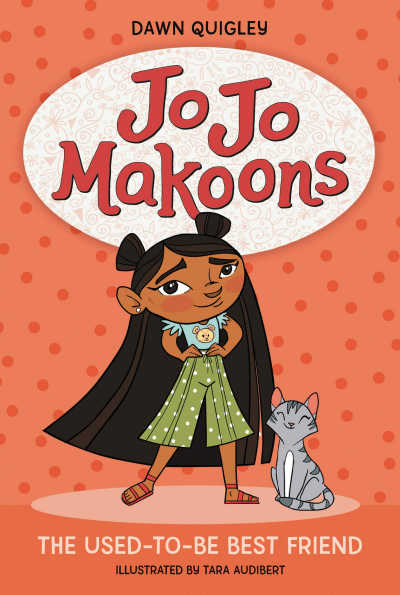
JoJo Makoons (series) by Dawn Quigley, illustrated by Tara Audibert
JoJo is a clever, spunky Ojibwe heroine and she makes lots of mistakes–but she's learning! JoJo's narrative voice is irresistible, and Quigley includes wonderful word play and sly humor throughout. The story centers around JoJo's experiences at school and her relationship with her friend, Fern. Ages 6 and up.
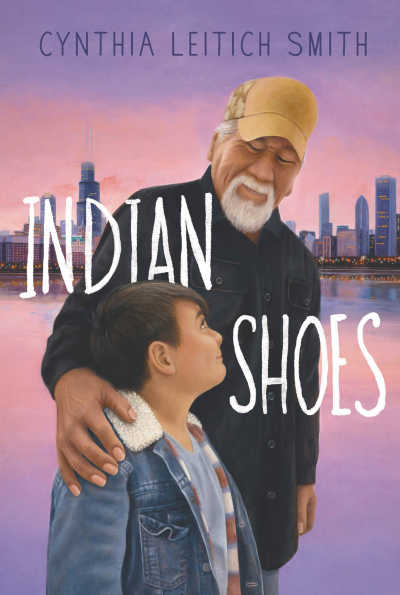
Indian Shoes by Cynthia Leitich Smith
This chapter book is a collection of funny stories about a contemporary Seminole-Cherokee boy and his grandfather. I think this book with its charming tales of the loving intergenerational relationship also works very well as a read aloud. Ages 7 and up.
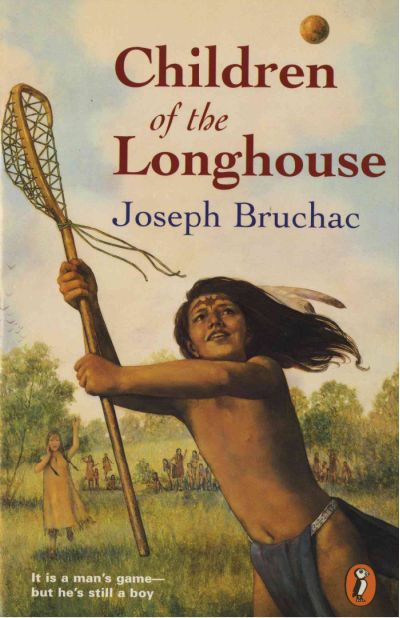
Children of the Longhouse by Joseph Bruchac
This is a historical novel narrated in alternating viewpoints between Ohkwa'ri and his twin sister Otsi:stia. The siblings are Mohawks living in the 15th century in what is now known as upstate New York. Ohkwa'ri tells the elders he heard another boy planning activity that would break a peace accord with a neighboring tribe. His resentful new enemy plans to get his revenge during a game of what we now call lacrosse. Ages 7 and up.
Middle Grade (ages 8 and up)
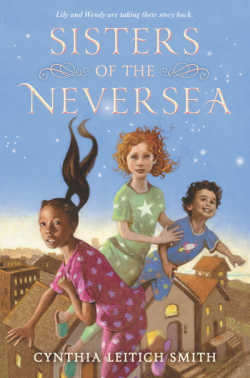
Sisters of the Neversea by Cynthia Leitich Smith
Lily and Wendy are stepsisters, but also friends. One night, during story time with their younger brother, Michael, Peter and the fairy Belle arrive and invite them to Neverland. One sister is eager to go. The other turns down the offer, but Peter's shadow convinces her to follow them. Cynthia Leitich Smith has crafted a truly marvelous re-envisioning of J.M. Barrie's Peter Pan story centered around a blended Muskogee Creek and British family. Ages 8 and up.

Eagle Drums by Nasuġraq Rainey Hopson
I love any book rooted in folklore, and this is no exception. In this page-turner, Hopson tells the Iñupiaq Messenger Feast origin story. Piŋa has grown up with the knowledge that his two brothers vanished on the mountain which he must now climb to collect obsidian. On the mountain he meets the eagle god, Savik, who presents him with an impossible choice. Pinja chooses to become Savik's captive, setting him on a journey that is terrifying but teaches him valuable lessons. Ages 8 and up.
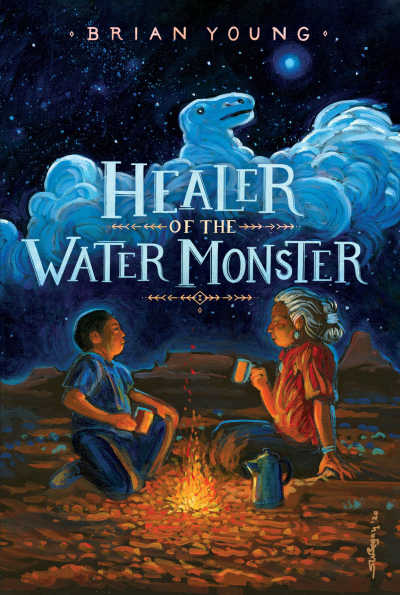
Healer of the Water Monster (series) by Brian Young
Nathan is trying to avoid spending time with his dad's new girlfriend, so instead of heading to Las Vegas with his father, he convinces his divorced parents to let him visit his grandmother on the Navajo reservation. In the desert, Nathan encounters Pond, an ailing water monster from the Navajo Creation Story. From there, Nathan begins his epic adventure into the Navajo Third World with the help of the Holy Beings. Young intriguingly blends together Diné mythology and the contemporary world. Fantastic. Ages 9 and up.

The Storyteller by Brandon Hobson
Ziggy Echota's mother disappeared ten years ago. A Cherokee living in New Mexico, Ziggy is convinced that Nunnehi, cave-dwelling trickster spirits, will be able to help him discover what happened to her. Along with his sister, Moon, and friends Alice and Corso, Ziggy sets out on a quest in which they encounter different magical spirits, learning lessons from each. Fantastic and fantastical. Ages 9 and up.
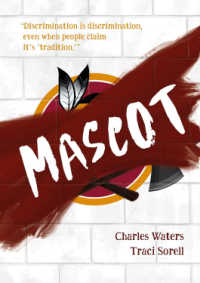
Mascot by Charles Waters & Traci Sorrell
Callie, who is African-American and a Cherokee citizen, is paired with classmate Franklin, who is Black, to work on an assignment that debates the “Pros and Cons of Indigenous Peoples as Mascots.” Callie is deeply disgusted by the school's racist mascot, but Franklin feels differently. The story is told from seven different perspectives, written in verse and free of judgement, allowing readers to consider all points. This would be an excellent book for use in a classroom. Ages 10 and up.
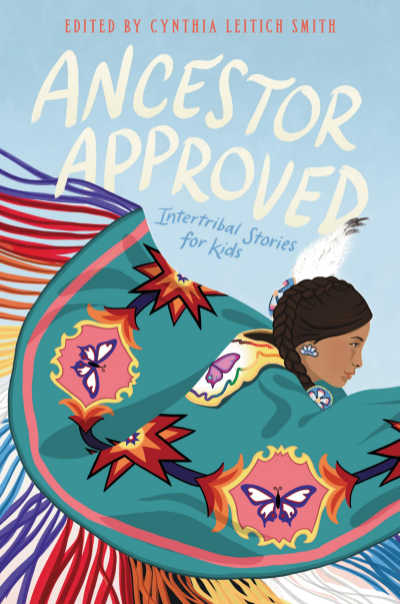
Ancestor Approved: Intertribal Stories for Kids edited by Cynthia Leitich Smith
Ancestor Approved is a collection of short stories by Native American authors. The book is structured around an intertribal powwow in which the authors tell their stories. Tales range from funny and silly to serious. Topics cover an incredible range of issues making this not only a book in which Native kids can see their lives reflected, but a must-read anthology for non-Natives that will promote a deeper understanding of Native life. Ages 9 and up.
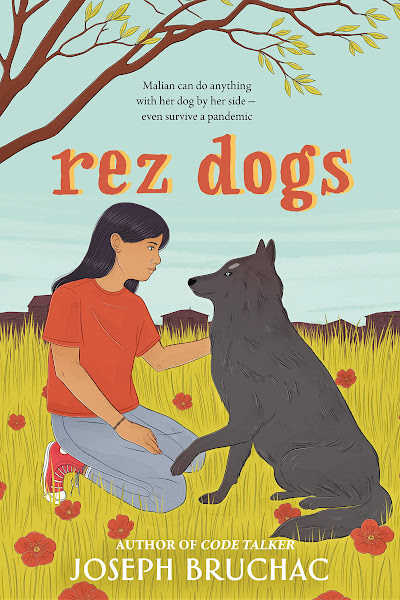
Rez Dogs by Joseph Bruchac
Malian, who lives in Boston, is staying with her grandparents on the Wabanaki reservation when COVID lockdown begins. The pace of life changes, and Malian makes the adjustment to help keep everyone safe. A dog shows up at the house and Malian is determined to take care of him, too. Bruchac blends traditional Wabanaki stories into this very modern tale of 21st century. Ages 8 and up.

The Barren Grounds (The Misewa Saga series) by David A. Robertson
Morgan and Eli are Cree children living with White foster parents in Winnipeg. They feel the cultural disconnect between their living situation and their cultural ancestry. After an argument with their well-meaning but misguided foster parents, the two find solace in the attic where Eli's drawing becomes a portal to Askí, a wintery world where time passes differently (yeah, I thought of Narnia, too). In Askí, they meet Ochek, a hunter along with Arik the squirrel, and together they set out to save the Misewa community. Ages 8 and up.
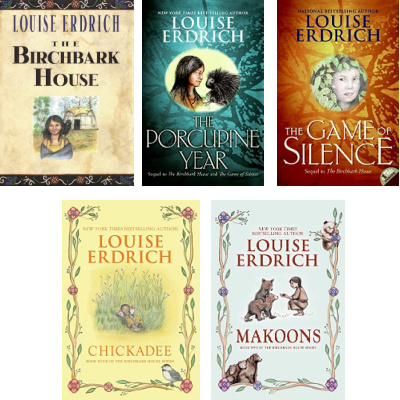
The Birchbark House (series) by Louise Erdrich
I adore this series! Erdrich's writing is simply marvelous. This first book takes place on an island in Lake Superior in 1847 where 7-year-old Omakayas, "Little Frog" and her Ojibwa family live. Erdrich describes the daily life and experiences of the Ojibwa as well as their sorrows and joys. Excellent, and a must read for kids. Ages 8 and up.

The Star That Always Stays by Anna Rose Johnson
Johnson based her heroine on her great-grandmother. In early 20th century Michigan, Norvia struggles with her desire to assimilate into her White community and the love she has for her Ojibwe heritage, passed down to her through her grandparents. Her French and Indian mother has remarried to a white man, and has told Norvia and her siblings to keep their true cultural identity a secret. In this lovely coming-of-age story, Norvia will remind readers of Anne Shirley. Ages 8 and up.
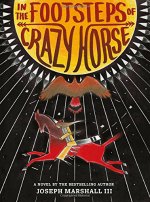
In the Footsteps of Crazy Horse by Joseph Marshall III
This book is composed of two tales. The first is about Jimmy McClean, a boy of mixed Lakota and Anglo heritage, who is taking a vision journey with his Lakota grandfather, Nyles High Eagle. The second is the story of Tasunke Witko, aka Crazy Horse, as told to Jimmy by Grandfather Nyles. Ages 9 and up.
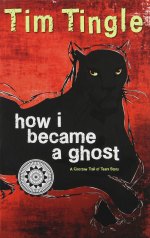
How I Became a Ghost (series) by Tim Tingle
Isaac, a Choctaw boy whose family is forced to walk the Trail of Tears narrates this remarkable book which intertwines historical events with the supernatural, while delving into the cultural identity of the Choctaw. From the beginning of the book, Isaac announces to the reader that he is a ghost, and he foresees the tragedy to come. Yet, Tingle uses humor in surprising and effective ways. I highly recommend reading it aloud or alongside with your child, as adults will enjoy it, and kids will surely have many insightful questions. Ages 8 and up.
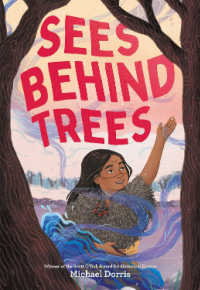
Sees Behind Trees by Michael Dorris
This is a beautiful story! Walnut is visually impaired but the challenge to earn his adult name includes a test of accuracy with a bow and arrow. His mother teaches him how to see with his ears and his uncle gives him the challenge of seeing what can't be seen. Walnut learns more about what it means to be adult than just passing a challenge and he earns his new name, "Sees Behind Trees." Set in 16th century North America. Ages 8 and up.
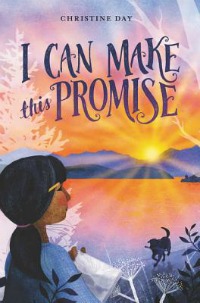
I Can Make This Promise by Christine Day
This was a terrific read. Edie is part of a loving family, but she knows her mother doesn't like to talk much about her ancestry. Her mother, of mixed Native American heritage, was adopted by white parents. One day, Edie discovers a box of letters signed "Edith" and wonders who her mysterious namesake is. The story follows Edie's journey as she learns the truth and reconnects with her Suquamish/Duwamish heritage. I can't recommend this book enough! Be sure to talk with your kids about how important it is to read stories which counteract harmful stereotypes that are too often reinforced in school. Ages 8 and up.

We Still Belong by Christine Day
In this fantastic coming-of-age story, seventh grader, Wesley, is searching for a way to make her voice heard as a descendant of Upper Skagit tribal members but who unable to enroll herself. She and her mother live with her grandfather, and at school she is hoping to go to the dance with her crush. When her poem about Indigenous People's day is rejected by her teacher, she experiences a wave of doubt, but her connection with family and friends support her journey toward finding her place in the community. Ages 9 and up.

Indian No More by Charlene Willing McManis, with Traci Sorell
This is an excellent book to start a conversation of the long history of tribal erasure by the United States government and the injustice experienced by Native Americans. In 1954, when the Umpqua tribe was terminated by the government, Regina Petit's family moves from their former reservation in Oregon to Los Angeles. In LA, Regina experiences racism and encounters children of all races for the first time. At the same time, she is coming to terms with what it means to be Indian despite being separated from the tribal community and land. Ages 9 and up.
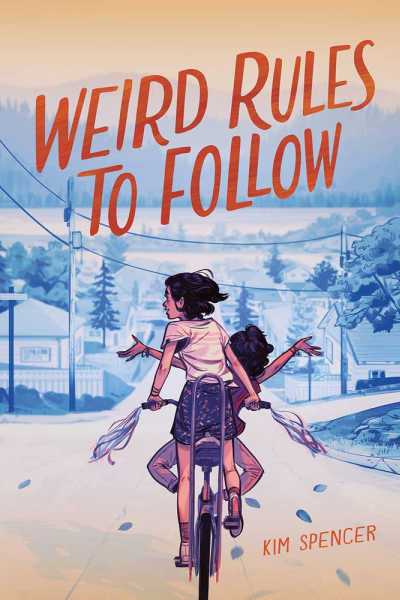
Weird Rules to Follow by Kim Spencer
This coming of age story set in 1980s British Columbia follows Mia, an 11-year-old Indigenous girl, as she navigates the ups and downs of growing up. The story is structured as a series of vignettes in which Mia narrates her observations about the differences between Indigenous and white families, how her friendship with her best friend, Lara, changes over time, and her sometimes chaotic family life. This book was one of my favorite reads of the year, not just because of Mia's strong voice but because I think even grown-up readers will come away richer after reading it. It will also make a wonderful read aloud. Ages 9 and up.
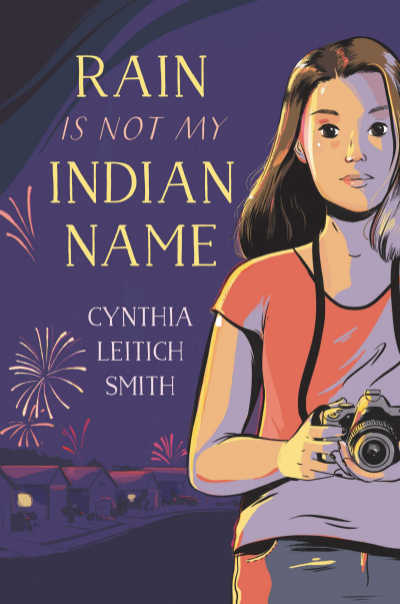
Rain Is Not My Indian Name by Cynthia Leitich Smith
The story begins with the death of 14-year-old Rain's best friend and love interest. Rain, still grieving over the loss of her friend, gets caught up in a controversy over a relative's Indian Camp. She begins taking photographs for a local paper and finds her voice again. Despite some of the serious parts of the book, it also contains humor and examples of positive family relationships. Ages 11 and up.
Graphic Novels

Rez Detectives by Steven Paul Judd, Tvli Jacob, and M.K. Perker
In this colorful graphic novel set on a Choctaw reservation, Tasembo and his friend, Nuseka, declare themselves the "Rez Detectives" and set about trying to solve the mystery of the missing ice cream. Clever and humorous illustrations and dialogue in addition to well-rounded characters make this a winning choice. Ages 7 and up.

Tales of the Mighty Code Talkers by by Lee Francis IV, etc.
This graphic novel anthology, created by authors and illustrators of different tribal nations introduces readers to the fascinating experiences of Native "code talkers" during World War II. It's a great choice for kids who love history. Ages 8 and up.
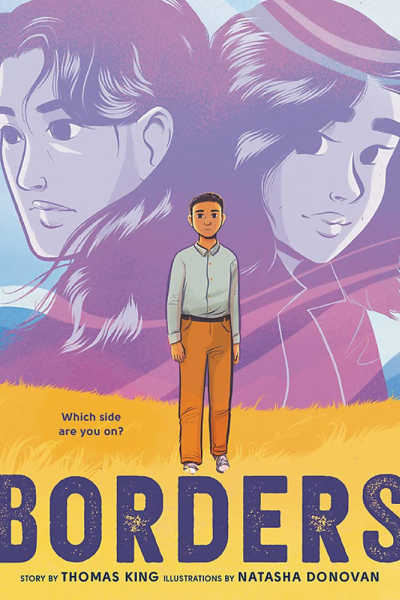
Borders by Thomas King, illustrated by Natasha Donovan
A mother sets out with her son from Canada to visit her daughter in Salt Lake City. When asked for her citizenship at the border, the mother responds, "Blackfoot." She will not identify as Canadian and so is refused entry to the United States. When turning around to re-enter Canada, she is also refused entry and the pair sits in limbo between countries. Kings' beautiful and careful storytelling asks readers to think about nationhood, Indigenous peoples, identity and justice. Absolutely brilliant. Ages 8 and up.
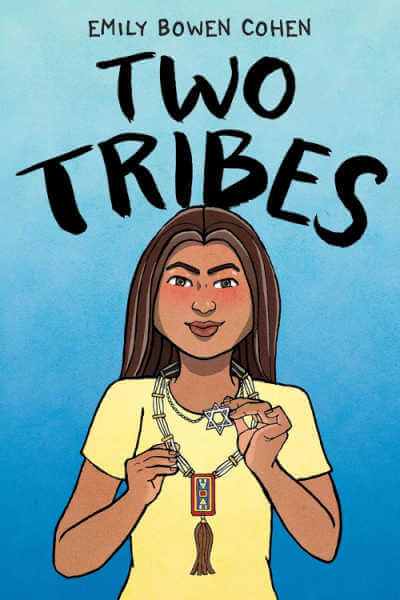
Two Tribes by Emily Bowen Cohen
Mia lives with her Jewish mother and stepfather in Oklahoma, and has limited contact with her Muscogee father. She wonders about her Muscogee heritage and without telling her mother, boards a bus and travels to Tulsa to visit her father. She learns that navigating both sides of her heritage is challenging and will require a lot of learning and listening. I love the way the Cohen integrates the beliefs of both sides of Mia's cultural heritage into her coming-of-age experiences. Ages 9 and up.

Trickster: Native American Tales, A Graphic Collection ed. by Matt Dembicki.
My kids and I love trickster tales, which is why I checked this one out. I didn't get a chance to read all of the stories, but my 11-year-old did. His verdict was that they were good. I asked if he thought they were appropriate for his age and he said, "Yes, except maybe not two of them." So I'm recommending this for the upper age limit of this list. Ages 11 and up.
More Native American book lists:
More Resources
Here are some resources for further reading:
- American Indians in Children's Literature
- Birchbark Books, an Native-owned bookstore that has an enormous array of books, art, games and other materials
- Educator guides for books published by Heartdrum
- Native American Literature in Your Classroom (National Museum of the American Indian)
- American Indian Youth Literature Award



Catherine says
Any further insight into which are more suitable for young kids. My 6.5 yo loves books with Native American protagonists but we haven't read anything contemporary. Is the "teasing" in Eagle Song overly intense?
Erica says
I don't think it's too much, but I would read Indian Shoes instead and save Eagle Song. But I always recommend if you are worried about the content of a book you preview it first, kids are so individual, it is hard for me to speak directly for your experience.
Moriah says
Please see STARFACE, a great chapter book for young readers. About a Native American boy.
kt says
I really liked The Sea in Winter, by Christine Day. I need to pick up I can make you this Promise.
Thank you a great list!
Erica says
That's a great book, too!